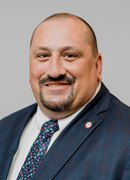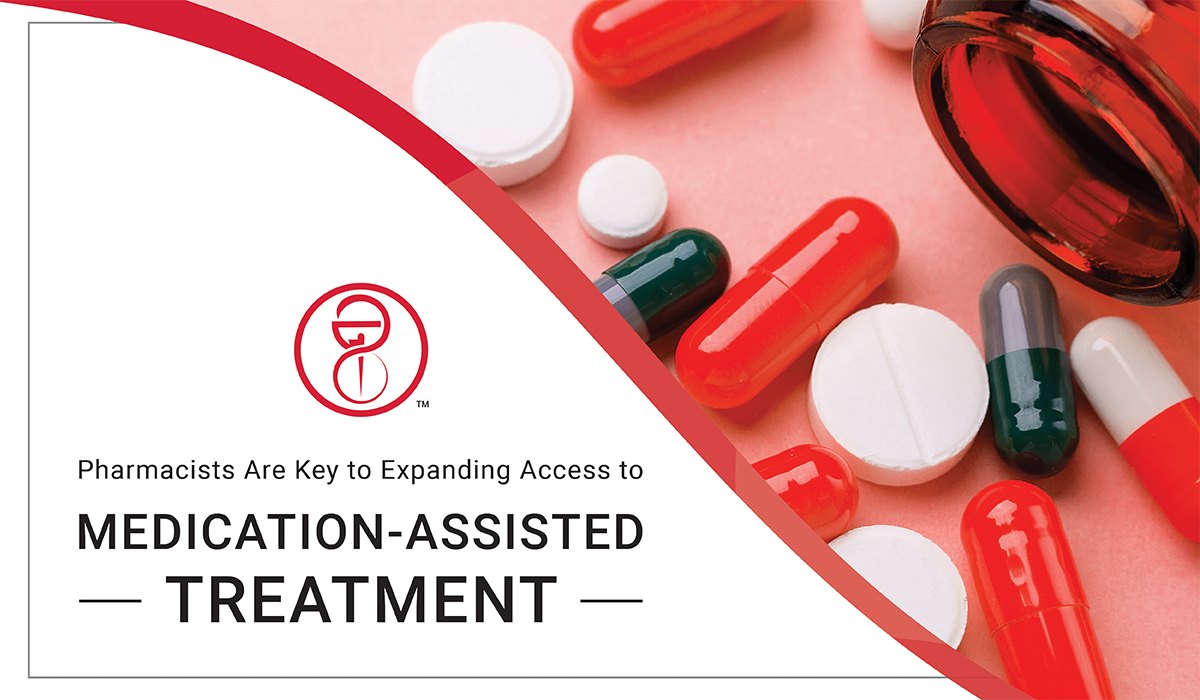 The opioid crisis continues to assault our nation.
The opioid crisis continues to assault our nation.
According to the Centers for Disease Control and Prevention, in 2018, an average of 41 people died each day from overdoses involving prescription opioids. Roughly 21% to 29% of patients who are prescribed an opioid will misuse them, and between 8% and 12% of patients will develop an opioid use disorder, reports the National Institute on Drug Abuse.
Sobering statistics like these are why, in partnership with its members, NABP’s efforts in combating the opioid epidemic have been especially crucial, ranging from the creation of NABP PMP InterConnect to a consumer-focused website highlighting safe medication practices and the patient services that pharmacists and pharmacies provide.
I believe the next step that we, as regulators, should take in continuing the fight against the opioid epidemic is improving access to medication assisted treatment (MAT) for those suffering from addiction. This will be my core focus as NABP president.
MAT combines FDA-approved medications like buprenorphine and naltrexone with counseling and behavioral therapy. Few have access to this life-saving treatment due to several barriers:
- Social Stigma: Some Americans feel that people who suffer from opioid use disorder are either to blame for the addiction or that they lack self-discipline. This attitude often halts the implementation of evidence-based policies and treatment programs.
- Cost: Many MAT programs are not covered by insurance, with some MAT clinics charging up to $300 per visit. Quite frankly, this is not acceptable. Patients in MAT programs typically need to go to the clinic one to two times per week.
- Lack of Education: For decades, research has shown that MAT programs can benefit patients, but the public, and even some professionals, are largely unaware.
These barriers, combined with the challenges that these patients face in overcoming opioid withdrawal, promote a recipe for disaster.
Pharmacists are on the front lines of the opioid crisis and are the most accessible to patients, and my presidential initiative stems from this knowledge. I believe it is imperative that we eliminate these obstacles for patients seeking help and expand the role of the boards of pharmacy in promoting pharmacists as vital members of teams providing MAT services.
NABP, in partnership with its member boards, can do this in a few ways:
- Urge Congress to pass legislation that would allow states to recognize pharmacists as providers of MAT.
- Work with all NABP members on exploring and examining language in The Model State Pharmacy Act and Model Rules of the National Association of Boards of Pharmacy that may support pharmacists as key leaders in opioid safety and patient care.
- Create NABP task forces and committees to review strategies and unite on common goals for driving change.
My initiative only goes so far. By all of us uniting in support of this goal, new ideas will ignite and provide an opportunity for great things to come. I look forward to the year of success ahead as we continue to put public health protection above all else.
